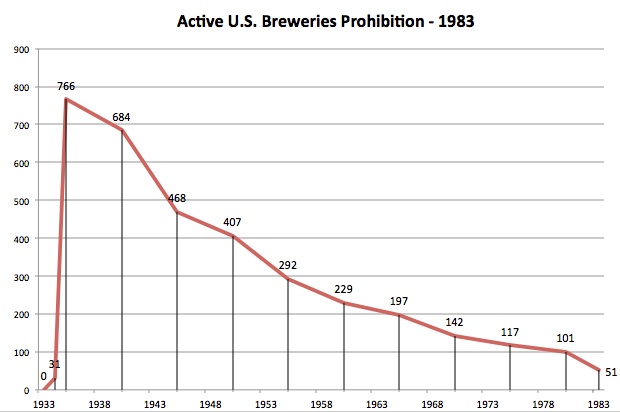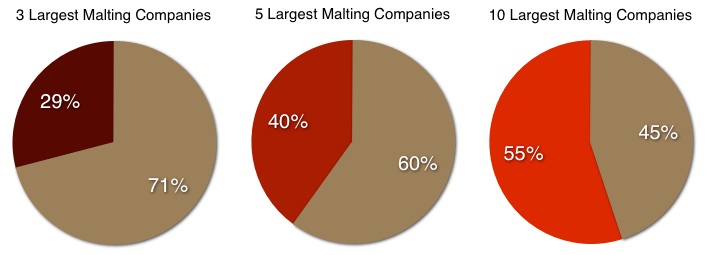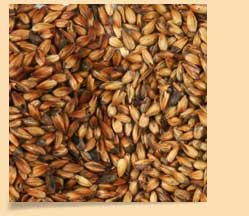 My investigation into the global malt supply chain started with an overall profile of the industry. I looked at the global malting companies that supply the bulk of the world’s malt, and I examined the smaller companies that supply malt for the craft brewing industry.
My investigation into the global malt supply chain started with an overall profile of the industry. I looked at the global malting companies that supply the bulk of the world’s malt, and I examined the smaller companies that supply malt for the craft brewing industry.
Now I want to look at malthouses that are the opposite of the the huge global corporations, companies that are very small and very local. To that end, I recently spoke with Andrea Stanley from Valley Malt, a craft malthouse in Massachusetts. She was kind enough to share some of her thoughts about the malting industry and Valley Malt’s place in it. Continue reading






 We recently visited
We recently visited 
